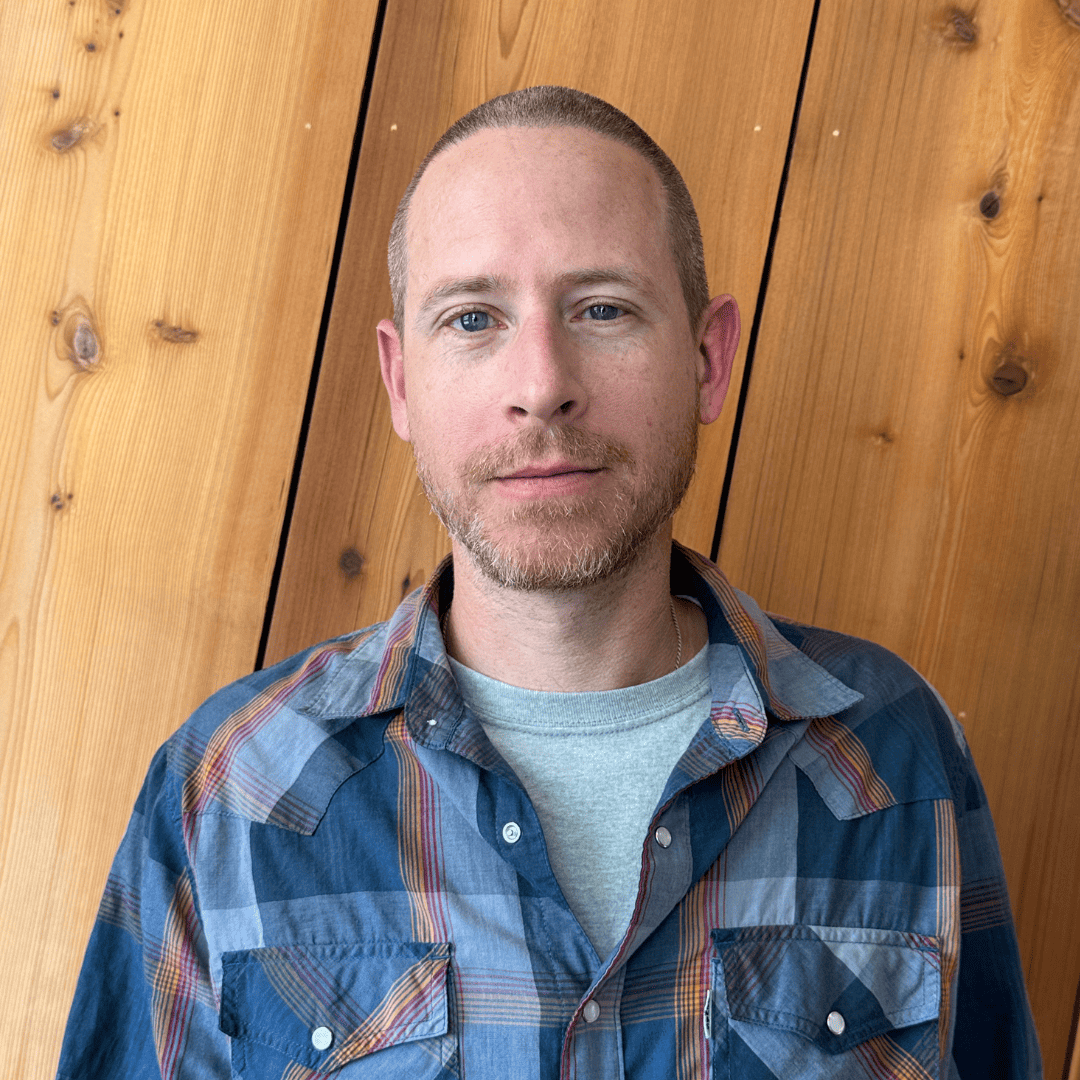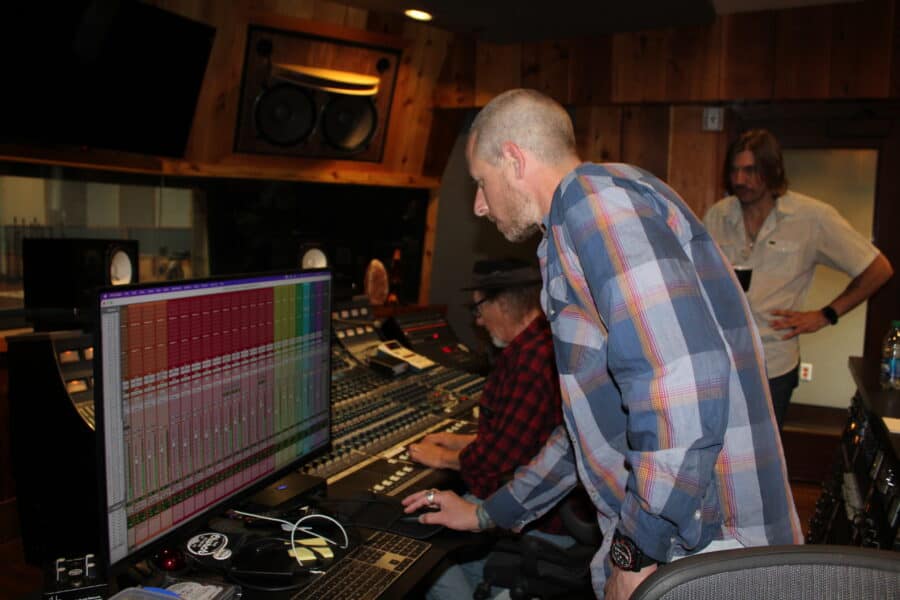Mike Prado, Audio Engineer, Joins The Church Studio Team

Q&A with Mike Prado
1. What was your first impression of The Church Studio?
I was blown away by the revitalization of The Church Studio. During my career; I’ve had the wonderful opportunity to work in a lot of commercial studios, cutting-edge educational studios and unique home studios. I even tracked at The Church with the previous owner. However, what the space has been transformed into is extraordinary. The aesthetics, size, and acoustics of the Live Room are perfect. The Control Room is top notch. Furthermore, I’ve never had the opportunity to work with this type of microphone collection, both vintage and new, many of which are extremely rare, have consecutive serial numbers, and are matched pairs. Considering the museum aspect of the operations, merchandise, and programming, The Church Studio affords musicians and music fans alike, a really unique and inspiring experience.
2. What do you hope to accomplish being a part of The Church Studio team?
As an engineer and producer, I hope to play a critical role in making a ton of great records. I also hope to pass down my years of experience and recording techniques to a new generation of audio professionals.
3. What are your thoughts on analog vs digital? What’s the difference and why does it matter?
I have participated in a lot of music industry panels in the past where we have discussed the important topic of analog versus digital. I don’t approach recording as a competition between the two. I very much deploy a hybrid approach to recording, which is the consensus amongst the great studios. I use particular mics and specific mic placement, with stellar preamps (and sometimes compression and EQ), either to tape or into Pro Tools with good converters. I do all my editing and about 75% of my automation in Pro Tools, and I mix on a big console (out of the box). I generally mix to half inch, but occasionally back into Pro Tools. I am confident when it comes to this strategy. As far as I am concerned, that is the proven approach that generates stellar results.
4. Where do you see the future of the music industry?
The music industry is a tale of two different worlds. The big name, big budget, big industry artists will always be there. I think there are wonderful opportunities for breakout artists and indie bands, and these opportunities grow exponentially with easier access to online platforms and distribution. Here at The Church Studio, we play a role in both worlds.
5. For the first time recording clients, how can you make them feel as comfortable as possible?
Anesthesia, I am just kidding. Gary Laney, our senior engineer, is an awesome engineer and makes everyone feel very comfortable, naturally. I make self-deprecating jokes normally and do impressions. Seriously, we hear time and time again that we have created a professional, comfortable, and relaxed environment that inspires optimal musical content from our artists.
6. How did you get started in the music industry?
Early in my career, I played in a metal band. When I realized I wasn’t rockstar material, I recognized that I had a great ear and a gift for music production. I attended an elite audio school in central Florida and then secured an internship in New Orleans at a studio that was owned by someone I idolized as a kid. Later, my experience was further shaped by Piety Street Recording in New Orleans. I engineered there for several years, learning the trade from some of the country’s best producers, engineers, and artists.
7. As part of The Church Studio team, what goals do you have for contributing to the studio’s legacy and fostering artistic growth within the Tulsa music community?
My goals are to continue to put out timeless recordings and albums that live up to the tremendous legacy the studio is known for. I’ve had the opportunity to be a part of Tulsa’s music community for many years and am proud of our city’s heritage. Tulsa has always garnered amazing musicians and songwriters, and my desire is to showcase that here at the Studio.
8. Can you describe your approach to mixing and what you believe sets your mixes apart from others?
Genres vary, and that demands our ability to adjust, adapt, and respond accordingly. My approach to mixing metal isn’t the same as mixing jazz, for example. Often, I create depth with effects, panning, and placement, making for an immersive 3D perspective and listening experience.
9. What are some key elements you prioritize when mixing a song, and how do you ensure that the artist’s vision is realized in the final mix?
I obsess over the rhythm section initially. It seems to be the hardest part for engineers to get right. Once that “feeling” is correct, everything else seems to fall into place. I generally bounce mixes off the client during the process for feedback too.
10. What advice would you give to recording artists looking to collaborate effectively with their mixing engineer and ensure their feedback is constructive and productive?
One thing I run into a lot is the artists’ listening environment. Granted, most mixes will be heard on a phone or computer, but we encourage the artist to have a nice place to listen to the mixes as they progress from a home stereo or car stereo to the Studio’s Control Room. Our friendly culture at The Church Studio fosters an environment where artists are comfortable sharing honest feedback and where we accept and encourage open dialog. Ultimately, our collective goal is to get to the very best recording that everyone is proud to be a part of and where the listener is delightfully entertained.

